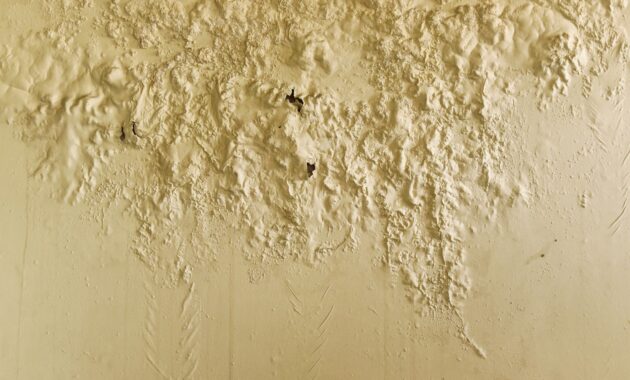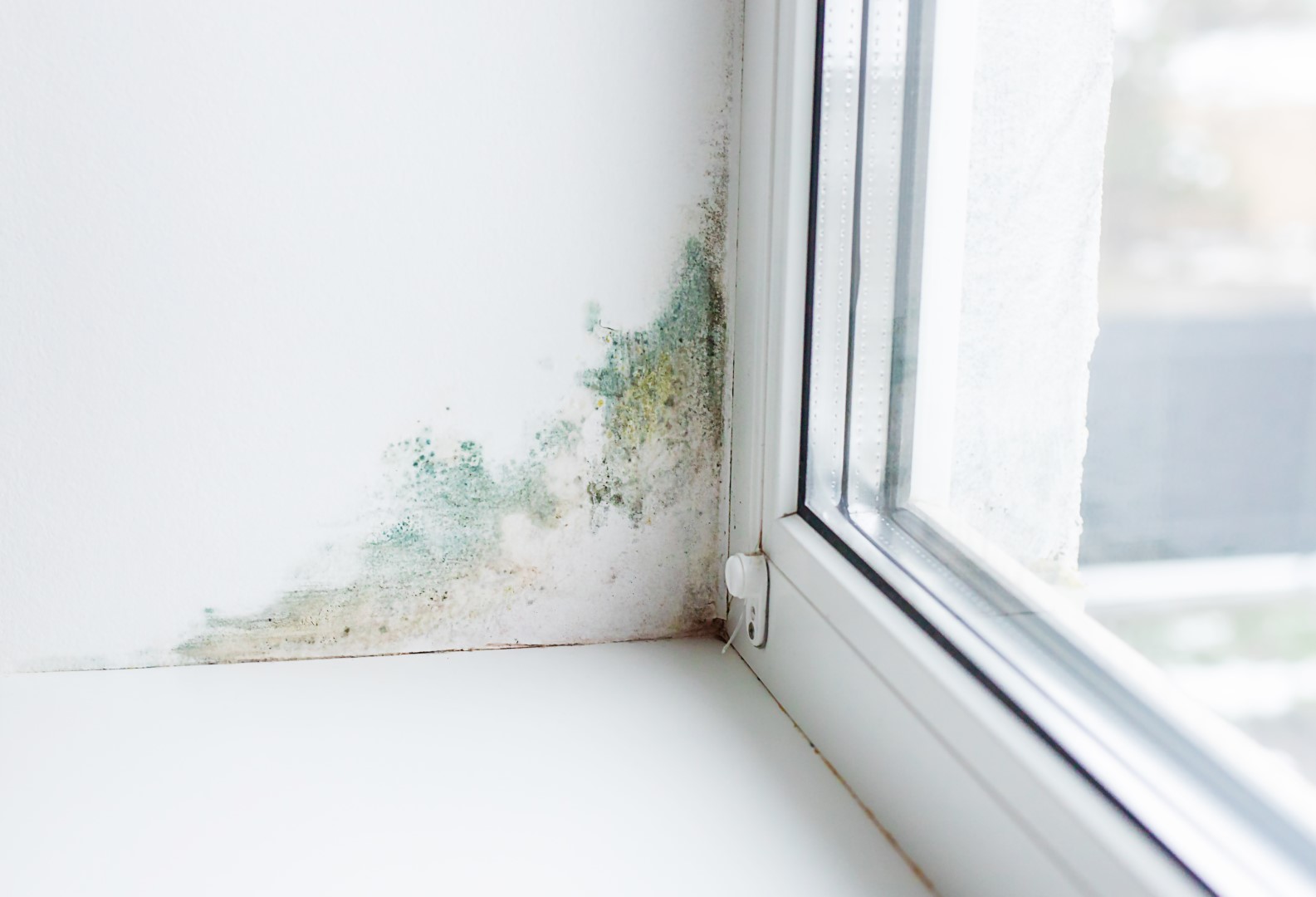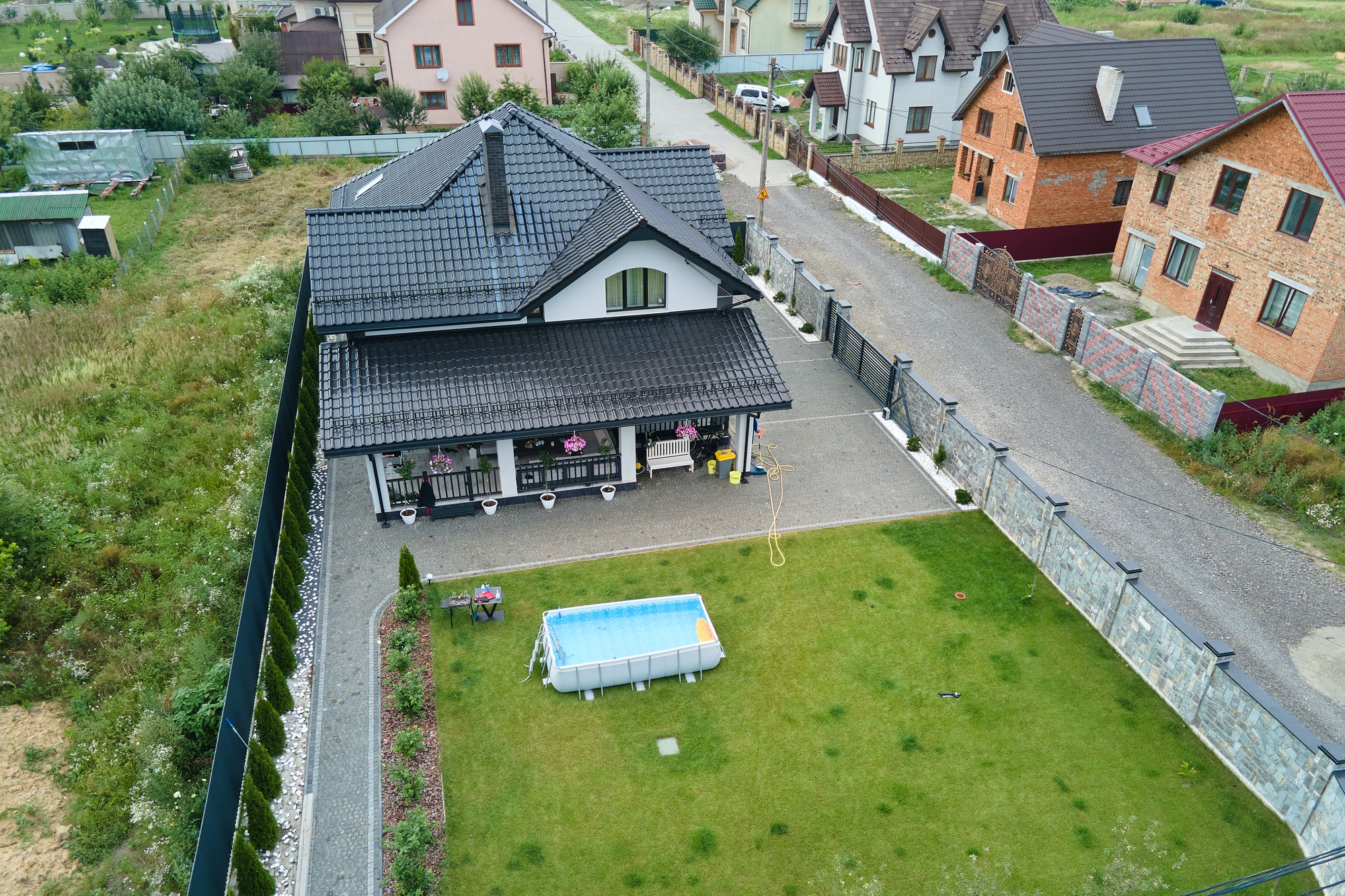When it comes to maintaining a healthy and comfortable living environment, few things are as detrimental as dampness inside the house. Dampness not only leads to structural damage but also creates an ideal breeding ground for mold and mildew. Understanding the root causes of dampness is crucial for effective prevention and remediation. In this comprehensive guide, we will delve into the various factors that contribute to dampness and provide actionable tips on how to eliminate it from your home.
Unveiling the Culprits: Poor Ventilation
Insufficient ventilation stands out as one of the primary contributors to indoor dampness. When fresh air circulation is restricted, moisture tends to accumulate, especially in areas with high humidity. Kitchens and bathrooms, where water vapor is generated frequently, are particularly prone to this issue. To address poor ventilation, consider installing exhaust fans in these spaces and opening windows regularly. Additionally, using a dehumidifier can prove highly effective in reducing excess moisture, ensuring a healthier indoor atmosphere.
Confronting Water Leakage: The Silent Intruder
Undetected water leakage is another common culprit behind dampness. Leaky roofs, pipes, or even the foundation can lead to gradual water ingress, fostering an environment conducive to mold growth. Regular inspections, especially after heavy rainfall, are essential to identify and address leaks promptly. Seal any cracks in the foundation, fix leaky pipes, and replace damaged roofing materials. Taking swift action against water leakage is pivotal in preventing long-term structural damage and maintaining a dry interior.
The Menace of Black Mold:
Among the most sinister consequences of dampness is the growth of black mold. Black mold, scientifically known as Stachybotrys chartarum, not only poses a threat to the structural integrity of your home but also poses serious health risks. It thrives in damp and humid conditions, often in hidden corners where moisture is abundant. If you’re having problems finding it, just think of what does black mold smell like – it has a distinct musty and earthy odor. Identifying this odor can be a crucial early warning sign of black mold presence, especially in areas where it’s not immediately visible. To eradicate black mold, it’s imperative to address the underlying dampness issue. Use mold-killing solutions, such as a mixture of vinegar and water, and ensure proper ventilation to discourage its return. In severe cases, professional mold remediation may be necessary.
Humidity Control: Taming the Moisture Beast
Controlling indoor humidity levels is a key strategy in the battle against dampness. Ideally, indoor humidity should be maintained between 30% and 50%. Investing in a hygrometer can help monitor these levels. In addition to using dehumidifiers, simple habits like using exhaust fans while cooking, covering pots when boiling, and fixing leaky faucets can significantly contribute to humidity control. Proper ventilation and the strategic placement of houseplants, known for absorbing excess moisture, can also play a vital role in maintaining optimal humidity.
Insulation Matters: Shielding Against the Elements
Inadequate insulation can amplify dampness issues, especially in colder climates. When warm air meets a cold surface, condensation occurs, leading to moisture accumulation. Ensuring proper insulation in walls, roofs, and floors helps maintain consistent temperatures within your home, reducing the likelihood of condensation. Regularly check insulation for signs of wear or damage and replace it as needed. This not only prevents dampness but also contributes to energy efficiency, making it a win-win solution for homeowners.
Exterior Influences: The Impact of Weather
External factors, such as heavy rain and flooding, can significantly contribute to indoor dampness. Ensure that your home is adequately protected against the elements by maintaining a well-functioning drainage system. Clean gutters regularly, ensuring that rainwater is directed away from the foundation. Implement landscaping strategies that promote proper water runoff, preventing water from pooling around your home. Consider applying waterproofing treatments to vulnerable areas, such as basements, to create an additional barrier against moisture infiltration.
Taking a Holistic Approach: Integrating Solutions
Effectively combating dampness requires a holistic approach that addresses both the root causes and their consequences. Regular maintenance, prompt detection of issues, and the implementation of preventive measures are integral to a comprehensive strategy. Homeowners should stay vigilant, educating themselves on the specific needs of their living spaces and taking proactive steps to ensure a dry and healthy indoor environment.

In conclusion, dampness inside a house is a multifaceted challenge that demands a proactive and thorough response. By understanding the causes and implementing targeted solutions, homeowners can safeguard their investments, protect their health, and ensure a comfortable living space for years to come. Remember, tackling dampness is not just about repairing visible damage; it’s about fostering a home environment that promotes well-being and longevity. Stay vigilant, address issues promptly, and embrace a holistic approach to keep your home dry and resilient.
Discover more from Futurist Architecture
Subscribe to get the latest posts sent to your email.



